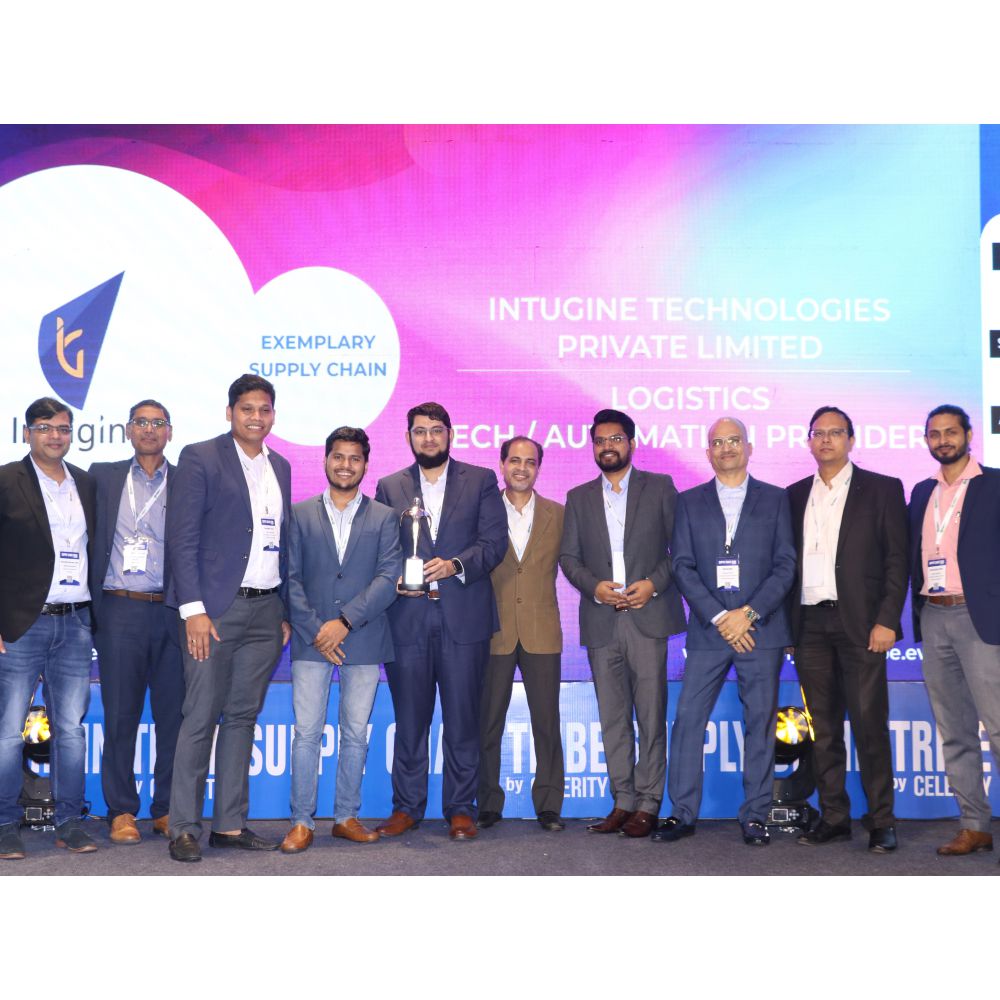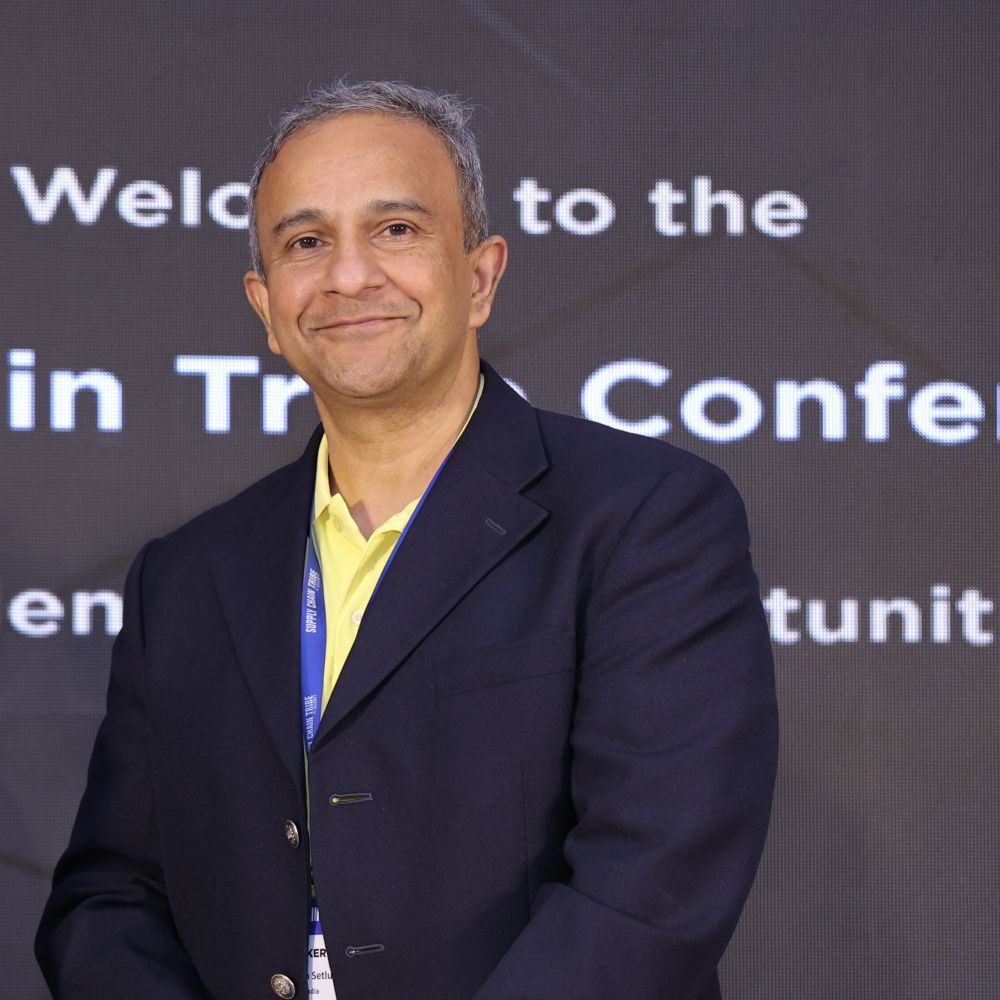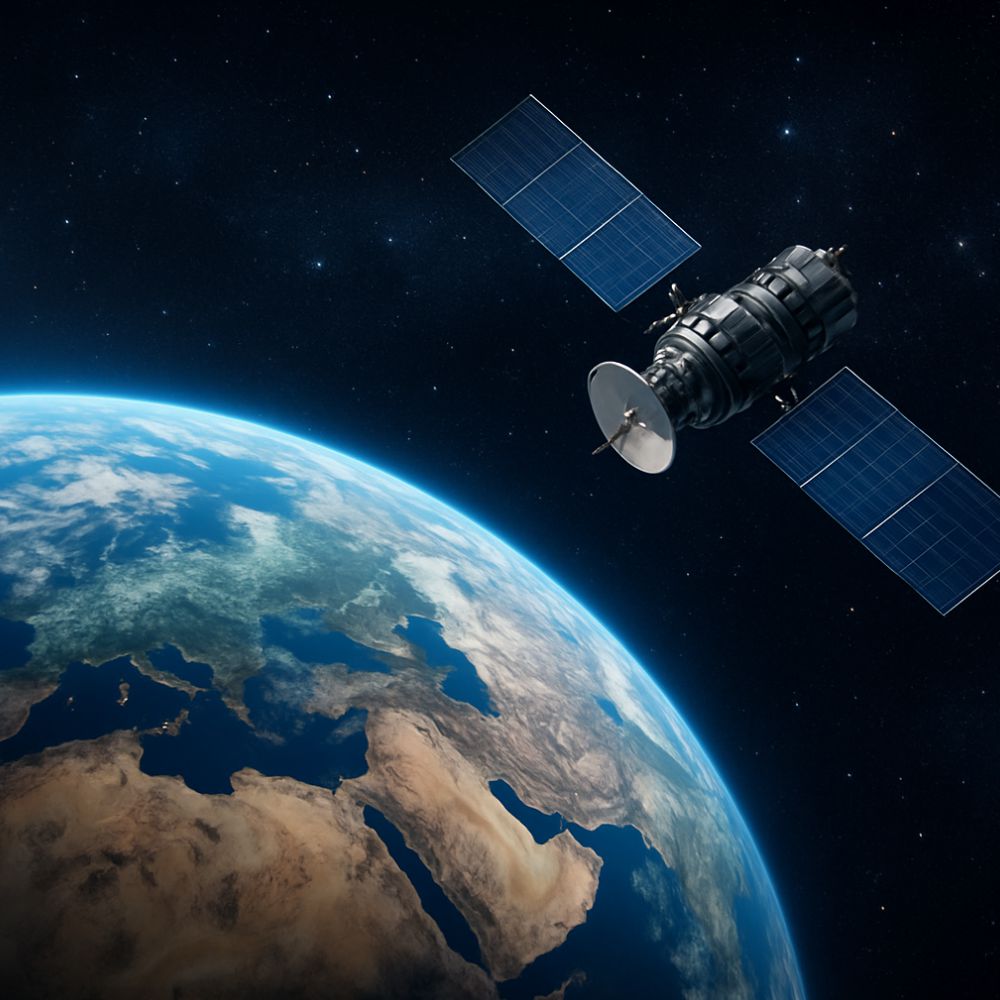Intugine Technologies is one of the nine winners of the Celerity Exemplary Supply Chain Awards 2022. The winners were decided after going through an extensive nomination form filled by the companies and a stringent evaluation by a senior level Jury. So read their case study to understand their winning formula.
An innovative account of how Intugine enabled real-time multimodal supply chain visibility for an organisation with manufacturing facilities and customers across the globe with a single dashboard view of all their movements across modalities (road, ocean, rail, air, parcel).
One of Intugine's customers', having a manufacturing plant in Silvassa, India, had to ship their products globally to their counterparts or customers. While the actual transport was not an issue, trackability of the shipment from Silvassa to the closest port, from there onwards to the dock at the receivers' location and onwards again by road to the final destination, was the challenge.
This customer selected Intugine's real-time multimodal visibility solution, not just to track over-the-road movements. Intugine's solutions could now track shipments from the source to the port of loading, ocean tracking of the vessel that loaded the container, to the vehicle that took the container from the port of discharge to the customer's location. This is how their customer achieved an end-to-end view of all shipments in transit through the same system.
THE APPROACH
Intugine's process was to enhance its network of carrier integrations with transporters, 3PLs, freight forwarders, and courier companies working with their client. Moreover, it also integrated with shipping lines, rail networks, and airlines to enhance multimodal visibility. "While we have an extensive network of existing integrations in place, cross-checking all the partners working with our customer and who were part of our network was the first step. If certain partners were not integrated, we had to get in touch with them and connect our systems to get visibility of their movements," highlighted Ayush Agarwal, Co-founder & Chief Business Officer, Intugine.
Talking about the hurdles faced, Ayush highlighted, "The main implementation challenge was getting all the required integrations in place for cross-border 'road' visibility. This required us to considerably extend our already existing network of integrations, as the movements were not restricted to a particular region but could be anywhere in the world. We also had to integrate with the customer's TMS, which was a slightly long process as there were many dependencies. However, we were able to do the needful in the timeframe decided successfully."
Explaining the process in detail, he added, "Our methodology was to go step by step. We started with visibility of trips that could be tracked within the country just over the road and courier/parcel visibility for the client. We then moved to tracking container movements between countries. Then we combined the container and over-the-road visibility and could offer multimodal cross-country visibility of ocean and road movements. We then established our rail and air tracking capabilities and combined this with our ocean and road visibility product to offer a truly end-to-end visibility solution that our customer very well received."
THE OUTCOME
The customer could not just gain visibility across modalities but could also share real-time ETAs of shipments with their clients and eliminate all unnecessary follow-ups and communication with the transporter or aggregator, improving the efficiency of the logistics team. The deployed system could detect any delays or issues in transport. Hence, preventive action could be taken early, reducing losses due to delayed shipment.
The customer saw the following outcomes by using the Intugine solution:
- Real-time visibility of their shipments irrespective of the mode of transport used or country of origin, or destination
- End customers could also track their shipment and hence would know precisely when it is expected to arrive and could plan operations accordingly
- In case of any delays or disruptions, pre-set alerts get trigged so that the customer can take necessary action to avoid any interruption in the schedule
- Shorter revenue realisation cycles as customers could now recognise revenues precisely with accurate tracking of shipments which could help avoid financial losses
- In the case of inbound shipment tracking, the customer could plan manufacturing based on the visibility of whether raw material would arrive in time or not.
With greater visibility of shipments, teams could proactively track and ensure smooth movement of goods, reducing dwell time, detention charges, and demurrages associated with delayed deliveries.

Categories

Magazine Editions






















